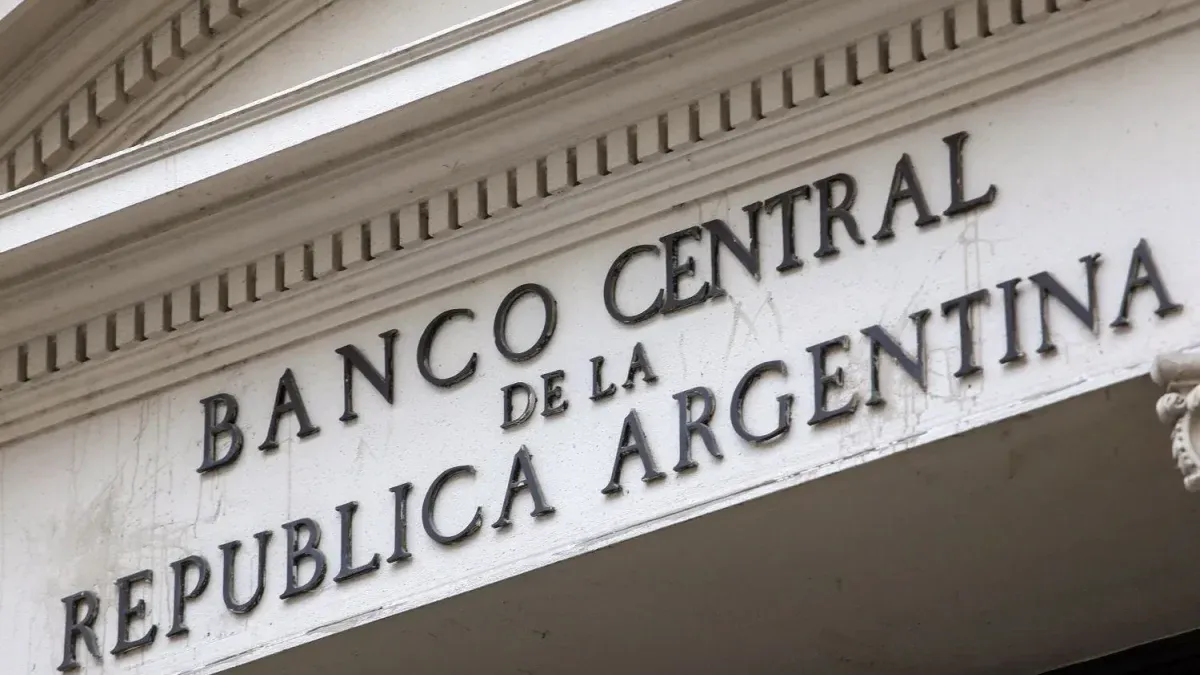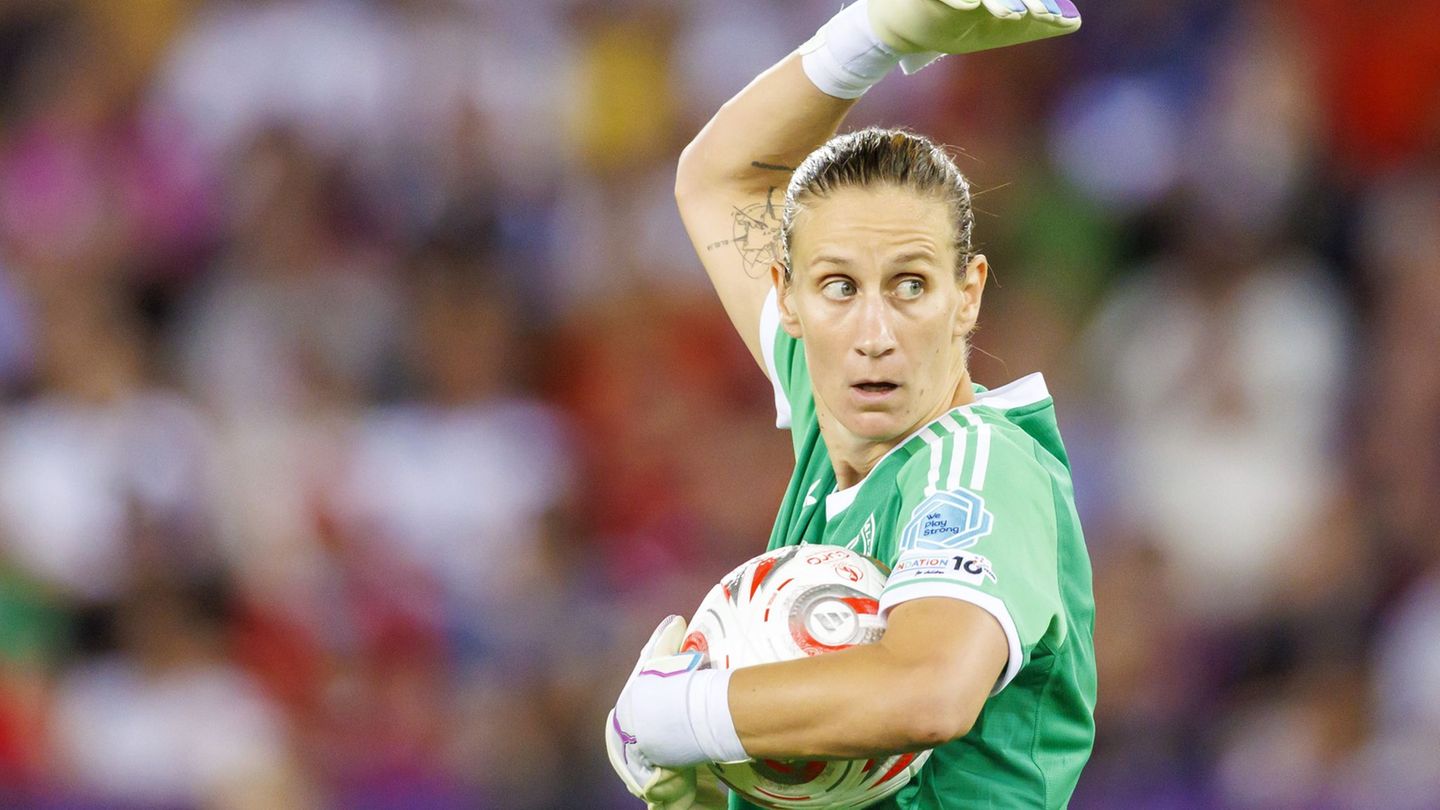He Central Bank assured that, as part of the so-called second phase of the Government’s economic program, the decisions of the monetary authority will be directed towards the implementation of the “currency competition” scheme, from which the Argentine peso will become “scarce”.
This is stated in an official statement entitled: “The BCRA inaugurated a monetary framework aimed at consolidating price stability. In that document, the entity that leads Santiago Bausili details some of the points of what it calls Phase 2 of the Stabilization Program.
“In order to consolidate the process of elimination of inflation and lay the foundations for the regulatory framework for the implementation of currency competition, The BCRA inaugurated the second stage of the stabilization program under exchange control,” the text says.
The BCRA points out that “at this stage, the objective of limiting the amount of pesos in the currency is added nominal amount existing on April 30 of the broad monetary base (BMA), that is, $47.7 trillionand current pesos (or 9.1% of GDP).”
The entity recalls that “this recent value of the BMA is similar in real terms to the total monetary base (BM) with which the Argentine economy normally operated prior to the imposition of exchange controls in August 2019.”
Hence he later says that “the fixation of this The ceiling on the expansion of demand for BM allows us to anticipate that, with the introduction of currency competition, the peso will become the “scarce currency”.
The BCRA anticipates a remonetization of the economy
The document states that “Between April and June, a real and non-seasonal increase in the currency in circulation in the hands of the public has been observed. and the monetary base (including reserves) of $2.1 trillion and $6.2 trillion, respectively.”
“In this way, the BM would have shown a turning point from its minimum of 2.5% of GDP marked in March 2024,” the text adds. The entity indicates that “The BCRA’s monetary programming models anticipate the continuation of a remonetization process of the economy throughout the second half of 2024.”
“In the BCRA’s baseline scenario, the expected degree of monetization could absorb 21% of the idle liquidity determined at the time of setting the maximum amount of money (the BMA level of April 30),” the statement said.
End of crowding out and return of credit to private companies
On the other hand, the document indicates that “it is expected that the remonetization process will also translate into the growth of broader monetary aggregates, after several years of contraction in real terms.”
“The incentives of the new monetary framework have been defined by the BCRA with the objective of reversing the crowding out of credit to the private sector caused by fiscal deficits accumulated in the past,” the study adds. It concludes by saying that “These deficits have contributed to the collapse of the stock of bank credit to the private sector to just 4% of GDP.”
Source: Ambito




